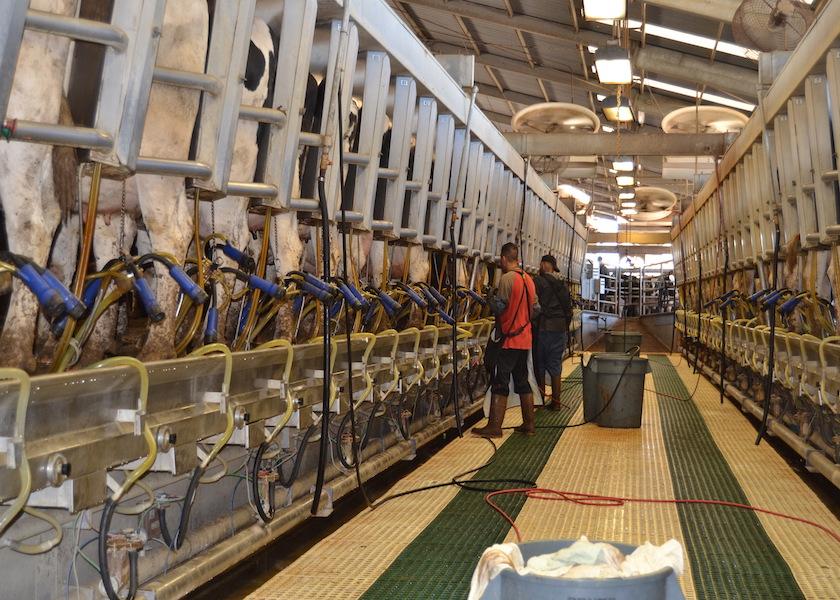When to Let Go of an Employee

Blake, a large dairy producer from the Midwest, was fit to be tied. Unfortunately, for the last four months, Dennis has not been the stellar employee he used to be. He was often late, never finished the job, argued with the management, and had the gall to continuously ask for more money.
Blake reached out because of his frustration. "Employees are hard to find, yet this one is driving me nuts." He was apprehensive that if he let him go, he would not be able to find anyone to replace him. As we talked further, it became evident that Dennis was also bringing down employee morale by stirring the pot amongst team members. It was a bad situation for everyone.
Blake and I had previously talked about when to let go of specific tasks and duties. He had been doing a great job delegating more responsibilities to key team members. In addition, he had made strides in preparing his son to transition into a leadership role by relegating more "owner decisions" to him. We had, however, never discussed when to let go of an employee.
The labor market is no longer what it used to be. Folks are not knocking on the door looking for work. It can be challenging to find valued employees who have the desire for farm work and fit your culture. Retaining a poor employee can cost your business more. More money, more time and more employees. Knowing when to "let go" is crucial to your team's success.
Following are some key indicators that an employee is no longer valuable to your team:
- "Not my problem, not my job" attitude.
- Increased disagreements and arguments with leadership.
- Decreased work quality.
- No desire to learn new skills or improve.
- Late to work and early to leave.
- Disappearing acts during shift.
- Creates drama with other team members.
- Negative attitude.
- Insists on higher pay but avoids responsibility.
- Not living your company values.
An employee with these traits costs your business real money. Your time spent micro-managing, dealing with conflict, and completing unfinished tasks has a price tag. In addition, the effect this negative employee has on other team members is also costly. Therefore, just like the inputs you purchase for your operation, employees must be worth the investment.
As Blake and I talked through these findings, it became evident that this employee was doing more harm than good on the dairy.
Blake made the decision together to part ways with this employee. However, as Blake learned after the fact, many key employees were considering leaving because of the negativity Dennis created within the team.
Yes, there were a few months of struggle as they worked to find a new person to fill that role and become a valued team member. However, the employees pulled together and navigated well through this period.
Knowing when to "let go" of an employee is crucial to maintaining a solid team. Poor behaviors define your culture and, if allowed, can create a toxic environment for all. Conversely, removing that employee improves morale, engagement, and productivity in your business.
Blake has commented that he sees those exact results. Productivity, teamwork, and turnover have all drastically improved.







